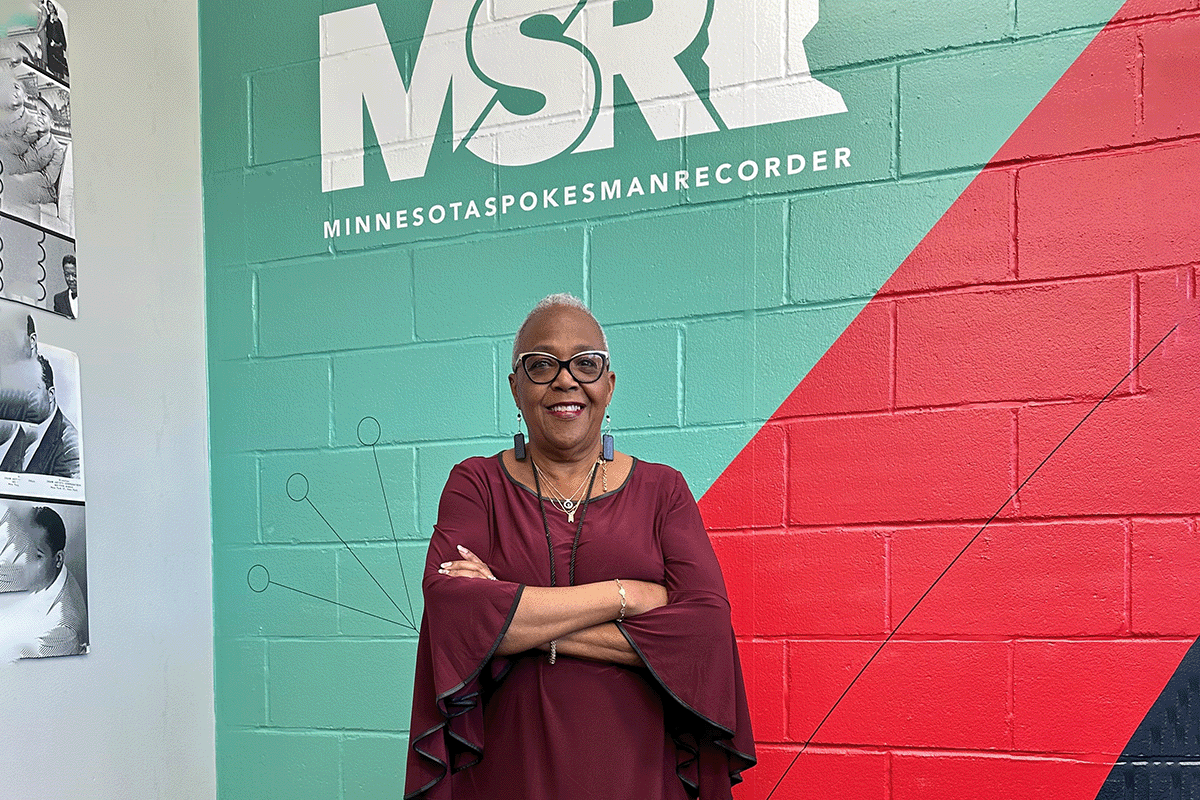Embracing environmental sustainability can boost your image with customers, employees and potential recruits, but the benefits go beyond good public relations.
Many organizations are discovering that environmental sustainability efforts make good business sense. Sustainability and environmentally friendly operations can be more cost-efficient and help reduce waste.
“Our efforts over the years have shown us the impact we can have, not just on the environment, but on our business,” says Andrea Mardock, vice president and environmental programs manager at U.S. Bank.
Here are some ideas for how to embrace environmental stewardship at your own organization:
Harvest the cost-effective benefits of going green
First, aim for projects that fit your existing budget. There are simple steps you can take that require little to no additional budget.
Good places to start? Educate corporate teams on the need to conserve energy, and reduce business travel to shrink your organization’s carbon footprint.
“There are several things you can do to be more environmentally responsible without making a significant investment,” Mardock says. “A company can accomplish a great deal with the resources it currently has.”
Commit to gradual investment and effort
Once your organization starts to benefit from initial efforts, it’ll be easier to generate enthusiasm to do more, such as investing in motion sensor lighting or solar panels.
“It ends up saving or making you money in the end, whether through improved market share, positive reputation or cost efficiency,” Mardock says.
If an organization sees substantial benefits, they could designate a specific team member to lead sustainability efforts. “It’s definitely a benefit to have a subject matter expert to guide and coordinate efforts,” Mardock says.
Having a point person to keep projects moving has helped U.S. Bank achieve results. We've reduced our emissions by 41 percent as of year-end 2019, which means we've reached our initial reduction target ten years early. This is part of an effort to reduce operational greenhouse gas emissions by 40 percent by 2029, and by 60 percent by 2044, using as our 2014 baseline.
Make your banker an ally
What if your sustainability plans cost more than your current budget allows? Look for alternative financing options.
For instance, specialized alternative energy equipment financing can help organizations deploy solar fuel cells, clean fuel cells, micro-turbines, combined heat and power systems, wind assets and renewable energy cogeneration systems.
Many financial institutions offer financing that can help an organization maximize the benefits of going green. For example, in 2019, U.S. Bank invested over $1.2 billion in renewable energy, which is part of an overall commitment to environmental financing. Since 2008, we have invested more than $36 billion in environmentally beneficial business opportunities.
In addition, investments in sustainable technology can offer tax credits. “Companies can not only protect the environment, but they may earn an attractive tax benefit,” says Mardock.
Seek outside validation
A third-party evaluation of your efforts can help build trust with your community while also validating your work. However, certifications often involve cost. That makes it important to be selective. You can start by meeting the standards of one or two well-respected outside groups.
For example, U.S. Bank joined the CERES Company Network, a nonprofit focused on integrating sustainability into capital markets. Through this partnership, we engage with more than 50 companies on environmental issues.
“It’s important to show value to stakeholders when you’re discussing your environmental initiatives,” Mardock says. “When your company works to make a difference, both employees and customers can share the news that they’re connected to an organization that’s helping protect the planet.”























